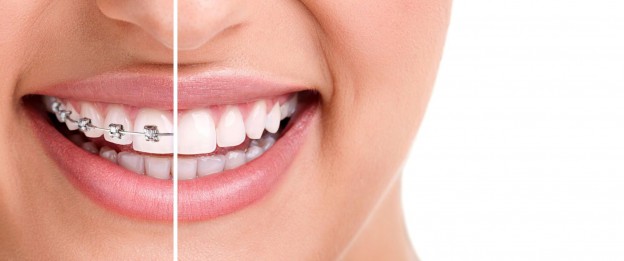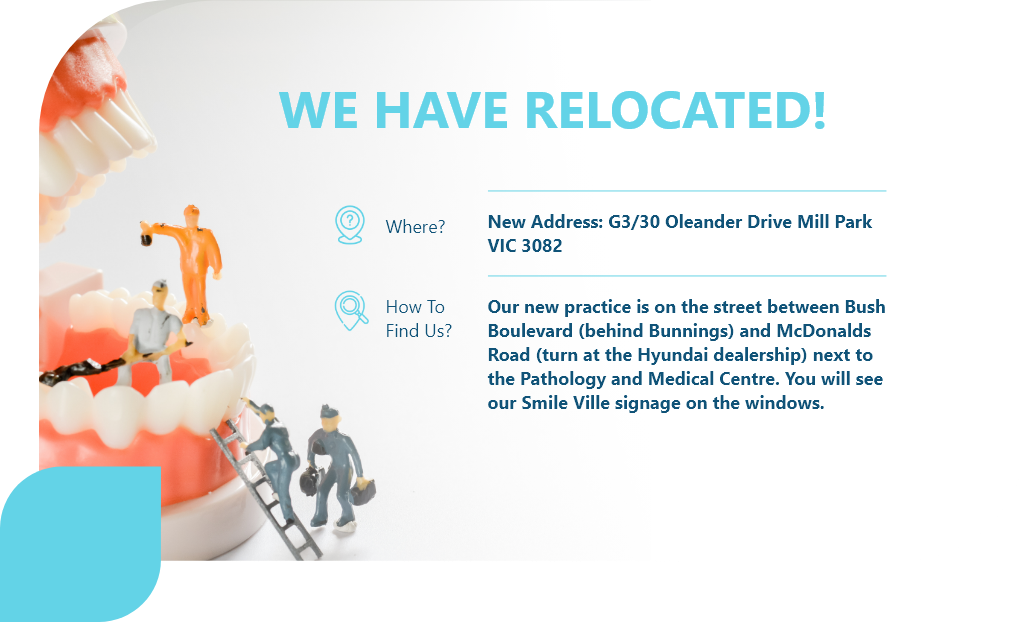When comparing traditional braces vs Invisalign aligners, it’s clear the Invisalign system has quite a few attractive benefits, from comfort and aesthetics through to oral hygiene and treatment time. The decision of braces versus Invisalign treatment depends on several factors. The most important thing is to consult with an orthodontist or Invisalign trained dentist that will help you decide on the right treatment plan to achieve the best results.
Deciding on Invisalign or braces will be determined by several factors like your age, how many teeth need to be straightened and how complex the straightening process will be. Then you have all the questions like which one costs more, which treatment takes longer which one is more effective. Both braces and Invisalign have the same end goal to achieve long term oral health and a perfectly straight beautiful smile!
Here Are A Few Pros and Cons To Help You Take The Next Step In Getting A Picture-Perfect Smile
Invisalign® An Invisible Alternative to Braces
Invisalign is a minimally invasive treatment that progressively straightens your teeth by using a set of custom-made aligners to improve your natural smile.
Invisalign® aligners are removable translucent thermoplastic trays designed to fit your unique dental profile. They fit snuggly around your teeth and gradually move them into alignment. The fact that aligners are removable is a big drawcard for some, but you really need to be committed to wearing them every day, 22 hrs a day. If you’re randomly taking them in and out you will likely not see any improvement or have extended treatment times to achieve a straight smile. There will be a temptation not to wear them on some days, so you need to be dedicated to seeing the treatment through and only remove them when you eat or clean your teeth.
When it comes to hygiene, removable Invisalign retainers make it easier to maintain good oral health habits however the downside is that if you don’t brush after every meal food can get food stuck inside your aligner making them super unhygienic. Coffee, wine and spicy food will also easily discolour them if you don’t remove them at mealtimes.
Before you even start treatment, Invisalign® provides computer-generated images of your teeth so that you can preview your future smile which is a pretty neat peek into the future to see the results of your investment.
Invisalign® aligners will need to be changed every 2 weeks so that gradual and comfortable alignment takes place. At the end of the day if you don’t need serious orthodontic corrective treatment then an Invisalign cosmetic straightening system may be a great fit. Invisalign offer treatment plans ranging from comprehensive, moderate, lite or express to suit your unique needs.
Benefits of Invisalign®
- Aesthetic alternative to conventional braces
- Aligners are nearly invisible so many people will not realise you are in treatment
- Your treatment plan can be visualised through the Clincheck software
- Aligners allow for normal brushing and flossing tasks that are generally impaired by conventional braces
- Aligners do not have metal wires or brackets associated with conventional braces
- The wearing of aligners may improve oral hygiene habits during treatment
- Invisalign patients may notice improved periodontal (gum) health during treatment
Braces the Original Teeth Straightening System
Traditional metal braces have been around forever and have a reputable track record for success,
particularly when it comes to correcting more complex crowding or orthodontic problems. Braces are more of a visible, mechanical system permanently fixed to your teeth for the duration of the treatment. Braces do exactly as they suggest they brace all the teeth with metal brackets, wire and rubber bands which are tightened every 4-6 weeks to gradually position all the teeth into alignment. Braces are functional, guaranteed and correct overbites, gaps and problematic misaligned teeth in a relatively short period of time. Braces may be considered as ‘more painful’ but this is usually temporary and experienced straight after an adjustment. The important thing to remember is that braces are a proven and effective straightening treatment for more complex cases.
While braces are permanently fixed and work around the clock they also require a thorough cleaning regime to maintain proper oral hygiene during the treatment. Brackets, wire and elastics make brushing and flossing a challenge compared to an Invisalign’s removable aligner. Many patients find they actually avoid certain foods that are prone to lodging in between the teeth because it’s just a pain to floss in between each metal bracket.
Whether you require cosmetic alignment or orthodontic correction there is no dispute when it comes to the confidence boost a straight perfect smile can provide. While outcomes may be similar for braces and Invisalign, each treatment option has different costs, durations and require temporary lifestyle changes. A comprehensive oral health examination will determine which option will provide you with the best results and long-term oral health benefits.











